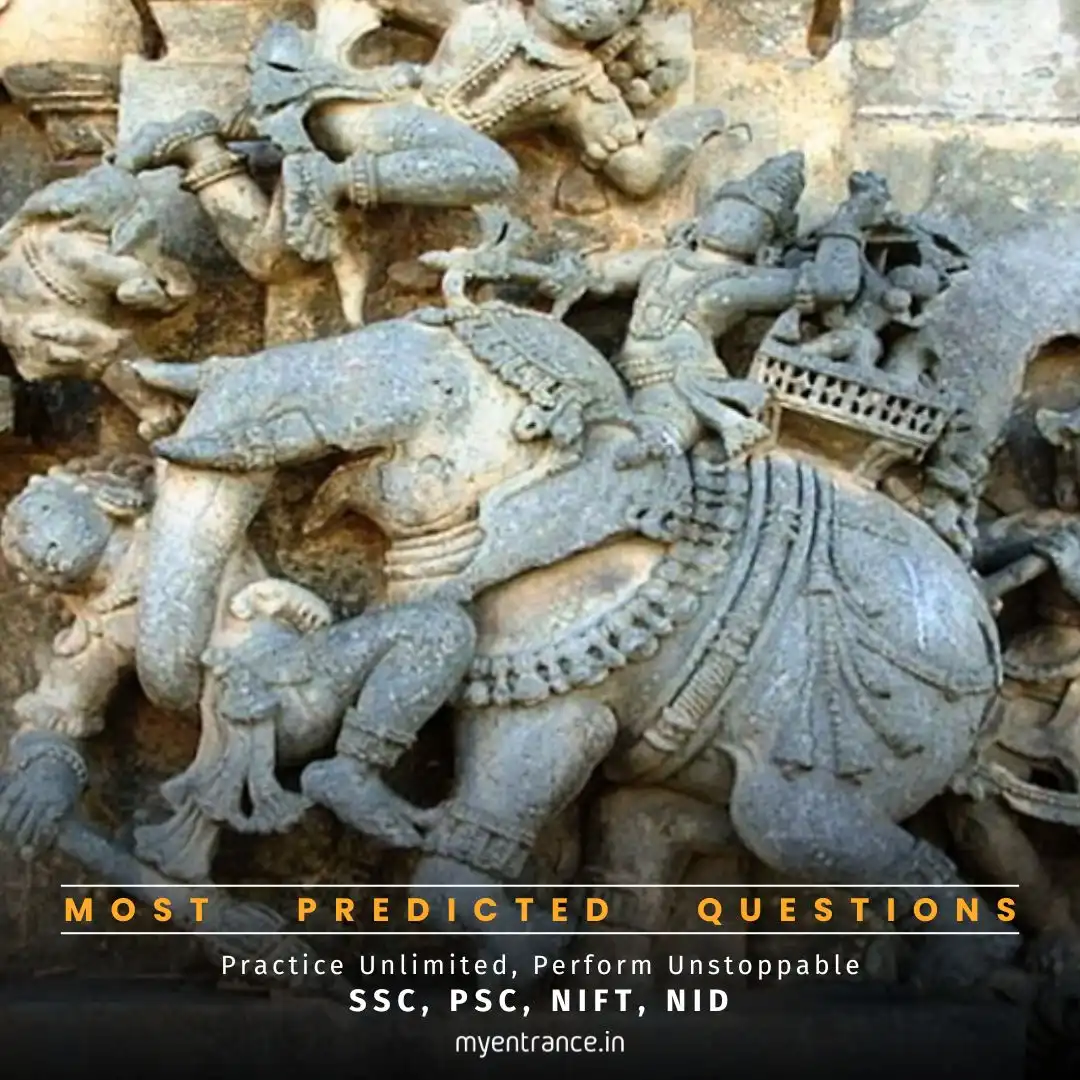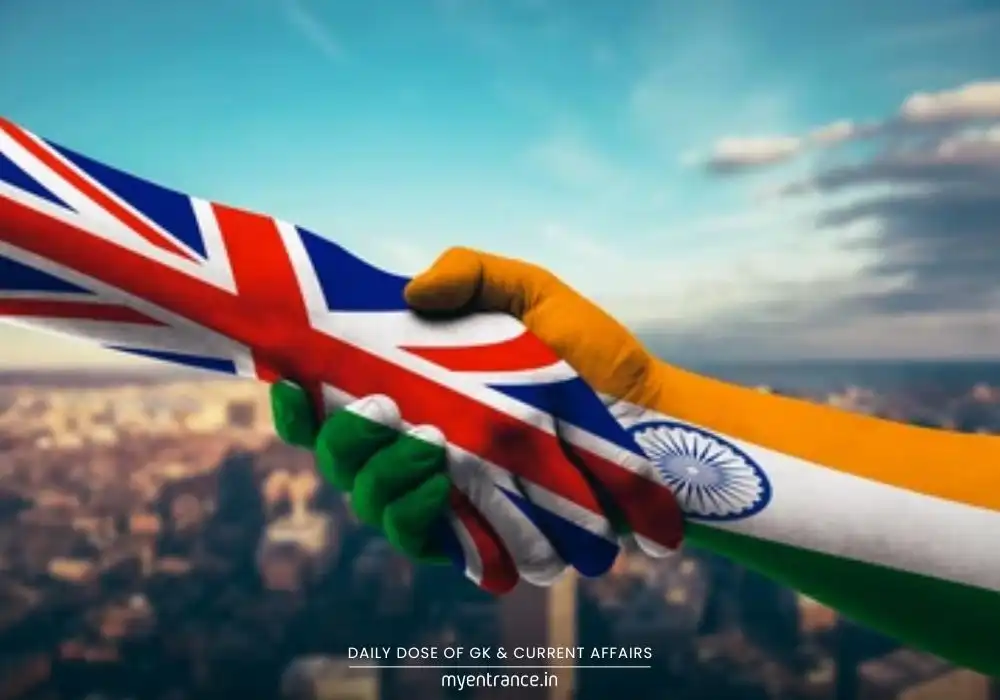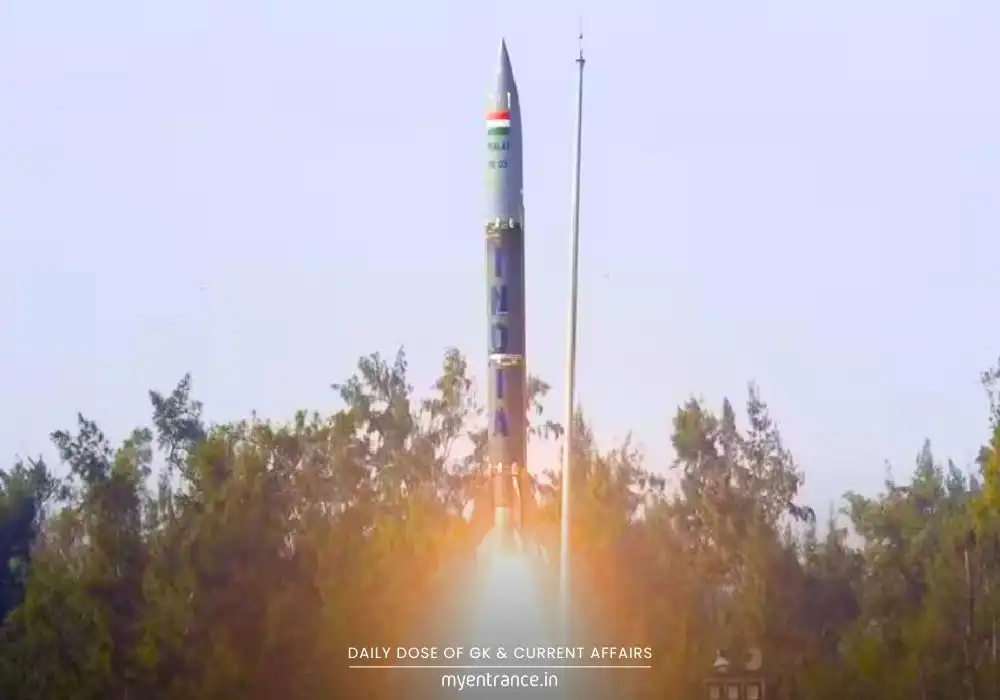Select Language
Why Were Elephants the Ultimate Status Symbol in Ancient India?
Elephants are inseparable from India’s cultural DNA, embodying power and spirituality since antiquity. Their journey from wild beasts to royal symbols reveals fascinating insights into India’s past.

Elephants in Indian History: More Than Just Animals
Ancient Roots & Domestication
Elephants appeared on Harappan seals (likely wild or zoo specimens), but their domestication began in the late Vedic era. Kings like Anga’s ruler gifted elephants to ritual performers, cementing their status. Mauryan-era carvings at Bihar’s Barabar caves further showcase their royal ties.
Mythology & Symbolism
Lakshmi’s Guardians: At Sanchi and Bharhut stupas, goddess Lakshmi is showered by elephants – linking them to fertility and abundance.
Divine Battles: Buddha tamed rampaging elephants; Krishna slew Kamsa’s royal elephant; Shiva skinned the demon Gajasura and wore his hide.
Power & Passion: Elephants symbolized unchecked authority and desire. Their “musth” state (marked by temple secretions called mada) inspired terms for intoxication (madira = wine).
Military & Economic Might
Jungle Engineers: Merchants relied on elephants to forge paths through forests and rivers while hauling goods.
War Machines: Magadha’s kings used elephants to build India’s earliest empires. They crushed fortresses as “battering rams” until cannons arrived.
Diplomatic Currency: Chandragupta Maurya traded 500 horses for Persian elephants! Mughals, too, prized them despite their battlefield unpredictability.
Cultural Contrasts
While China hunted elephants to extinction for being “undisciplined,” India revered them. The Gajapati kings (Odisha) even fielded elephant armies against cavalry-based rivals (Ashvapatis).
White Elephants & Cosmic Lore
Airavata: Indra’s multi-tusked white elephant, born from the Ocean of Milk, became a celestial icon.
Dig-Gajas: Eight directional elephants uphold the sky in Hindu cosmology.
Ganesha’s Origin: His white head (from Airavata) and red body (from Parvati) fuse divine lineages.
Why This Matters for SSC, PSC, NID, NIFT & Design Exams
History Sections: Frequently test Harappan/Vedic symbols, Mauryan art, and Gupta-era developments.
Mythology: Central to questions on Buddhist/Hindu iconography (e.g., Sanchi stupa, Shiva’s forms).
Design Entrances: Understanding cultural symbols (like elephants in Indian heritage) aids in logo/visual design solutions.
Sociocultural Insights: Contrasting India’s elephant reverence with China’s extinction highlights civilizational differences.
Sample Exam Questions
Q1: What evidence suggests elephants were domesticated in the late Vedic period?
A: Brahmana texts describe the Anga king gifting elephants to ritual performers.
Q2: How did elephants contribute to ancient Indian trade?
A: They cleared jungles, forged transport routes, and carried heavy goods across tough terrain.
Q3: Why was killing an elephant seen as defying royalty?
A: Elephants embodied royal authority and controlled passion; killing one symbolized rebellion.
Q4: Name the celestial elephant associated with Indra and its origin.
A: Airavata – a multi-tusked white elephant born from the Ocean of Milk.
Q5: How did Magadha’s access to elephants aid empire-building?
A: Elephants served as mobile fort-breakers, giving Magadha a military edge over horse-dependent rivals.
Get 3 Months Free Access for SSC, PSC, NIFT & NID
Boost your exam prep!
Use offer code WELCOME28 to get 3 months free subscription. Start preparing today!















